POSITION TITLE: Director of Research at CNRS
EDUCATION/TRAINING
1994: PhD, molecular biology, University of Tennesee, USA
2004: Habilitation (HDR), University of Strasbourg
Positions and Employment
1994 : PhD in pharmacology, University of Tennessee, USA.
1994-2004: Post-Doctoral trainings at Duke University (USA), NIH (USA) and IGBMC (France)
2004-2009 : CNRS Senior scientist and group leader at CNRS-University of Strasbourg
2009-current: CNRS Director of Research at CNRS-University of Strasbourg
Short CV and research interest
Canan Nebigil-Désaubry is a Director of Research at CNRS. Her general research interests lies in the role of GPCRs in the regulation of cardiovascular function in health and cardiometabolic diseases. After her Pharm.D degree, she obtained her PhD at the University of Tennessee, USA and a postdoctoral training with Pr. Robert Lefkowitz (Nobel Prize winner at 2012) and J. Raymond at Duke University, North Carolina. She then became a senior scientist at NIH in Bethesda, before moving to IGBMC, Illkirch as a research scientist. She obtained a CNRS position in 2004 and her team has been created with ATIP/Avenir CNRS, a young investigator award. She was promoted to Director of Research of CNRS in 2009. She has been a member of Laboratory of Excellence/Medalis (2010-2018).
She has obtained several prizes including IUPHAR of pharmacology, Young Investigator Award (highly commended), John J. Abel, ASPET award, Fondation pour la Recherche Médicale (FRM)-prize for cardiovascular diseases, ATIP/Avenir young scientist award, European Society of Cardiology prize (A novel aspects in cardiovascular signaling), Prize of Scientific Excellence, CNRS (Prime d’excellence Scientifique CNRS)
Some of her achievements are: 1. How alpha adrenergic receptor mediated vascular contractility is terminated by eicosanoids; 2. Serotonin receptor (5HT2B) is essential in heart development; 3. Prokineticin receptors (PKR) are involved in cardiomyocyte-epicardial progenitor cell (EPDCs) communication that derives cardiovascular development, epicardial adipose tissue (EAT) accumulation, and regeneration pathways in damaged heart; 4. PKR1 controls trans-endothelial insulin uptake, preadipocyte proliferation and adipogenesis. Lack of PKR1 in mice induces cardiomyopathy, insulin resistance and obesity.
Her research program is also involved in drug discovery and translational medicine. Her team recently discovered the first non-peptide PKR1 agonist that protects heart against after myocardial infarction (MI) and anticancer-mediated cardiovascular damages.
Nebigil’s ambitions are to 1) generate several preclinical candidates and biomarkers for the diagnosis, prognosis and treatment of cardiotoxicity induced by anticancer drugs, 2) identify new pathways and targets in cardioprotection and cardiometabolic toxicity induced by chemotherapeutic.
PUBLICATIONS
Targeting GPCRs against cardiotoxicity induced by anticancer treatments. Audebrand A., Désaubry L., Nebigil C.G. Front. Cardiovasc. Med. 6: 194. (2020).
Prokineticin signaling in heart-brain developmental axis: Therapeutic options for heart and brain injuries. Désaubry L., Kanthasam AG., Nebigil CG. Pharmacol Res. 160: 105190 (2020).
Prokineticin receptor-1 signaling inhibits dose- and time-dependent anthracycline-induced cardiovascular toxicity via myocardial and vascular protection. Gasser A., Chen Y-W., Audebrand A., Daglayan A., Charavin M., Escoubet B., Karpov P., Tetko I., Chan MWY., Cardinale D., Désaubry L., Nebigil CG. JACC CardioOncology, 1: 84-102 (2019).
The role of GPCR signaling in cardiac Epithelial to Mesenchymal Transformation (EMT). Nebigil CG, Désaubry L. Trends Cardiovasc. Med. 2018; 29:200-204.
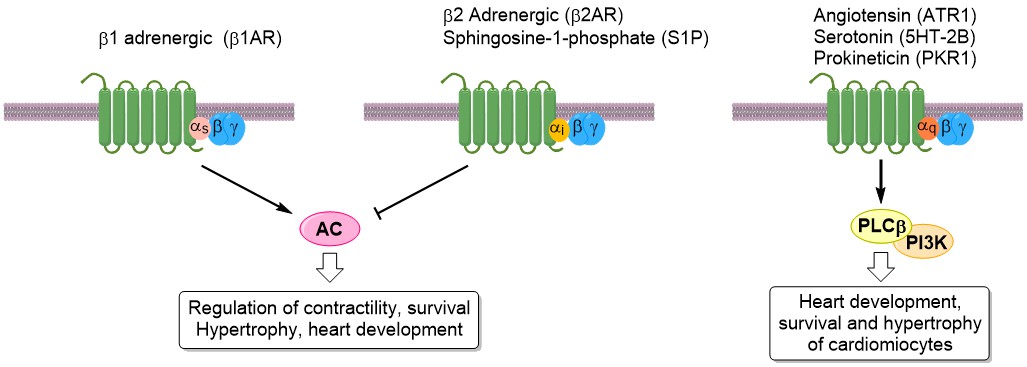
Updates in Anthracycline-Mediated Cardiotoxicity. Nebigil C.G., Désaubry L. Front. Pharmacol. 9: 1262 (2018).
Emergence of cardio-oncology. Nebigil C.G., Désaubry L. Ann Pharm Fr. 76: 504-506 (2018).
A Prokineticin-Driven Epigenetic Switch Regulates Human Epicardial Cell Stemness and Fate. Qureshi R, Kindo M, Boulberdaa M, von Hunolstein JJ, Steenman M, Nebigil CG. Stem Cells. 2018; 36: 1589-1602.
Prokineticin receptor-1-dependent paracrine and autocrine pathways control cardiac tcf21+ fibroblast progenitor cell transformation into adipocytes and vascular cells. Qureshi R, Kindo M, Arora H, Boulberdaa M, Steenman M, Nebigil CG. Sci Rep. 2017; 7: 12804.
Prokineticin Is a New Linker between Obesity and Cardiovascular Diseases. Nebigil CG. Front Cardiovasc Med. 2017; 4:20.
Updates on Endothelial Functions of Proangiogenic Prokineticin. Nebigil CG. Hypertension. 2016; 68: 1091-1097.
Quo vadis, cardio-oncology? Nebigil C.G., Tounsi N., Fuhrmann G., Désaubry L. Adv. Oncol. Res.Treatments. 1: 102-103 (2016).
 Prokineticin receptor-1 signaling promotes Epicardial to Mesenchymal Transition during heart development. Arora H, Boulberdaa M, Qureshi R, Bitirim V, Gasser A, Messaddeq N, Dolle P, Nebigil CG. Sci Rep. 2016; 6: 25541.
Prokineticin receptor-1 signaling promotes Epicardial to Mesenchymal Transition during heart development. Arora H, Boulberdaa M, Qureshi R, Bitirim V, Gasser A, Messaddeq N, Dolle P, Nebigil CG. Sci Rep. 2016; 6: 25541.
Prokineticin receptor 1 is required for mesenchymal-epithelial transition in kidney development. Arora H, Boulberdaa M, Qureshi R, Bitirim V, Messadeq N, Dollée P, Nebigil CG. FASEB J. 2016; 30: 2733-40.
Can prokineticin prevent obesity and insulin resistance? Von Hunolstein JJ, Nebigil CG. Curr Opin Endocrinol Diabetes Obes. 2015; 22: 367-73.
 FL3, a synthetic flavagline and ligand of prohibitins, protects cardiomyocytes via STAT3 from doxorubicin toxicity. Qureshi R., Yildirim O.,Gasser A., Basmadjian C., Zhao Q., Wilmet J-P., Désaubry L., Nebigil C.G. Plos One. 10: e0141826 (2015).
FL3, a synthetic flavagline and ligand of prohibitins, protects cardiomyocytes via STAT3 from doxorubicin toxicity. Qureshi R., Yildirim O.,Gasser A., Basmadjian C., Zhao Q., Wilmet J-P., Désaubry L., Nebigil C.G. Plos One. 10: e0141826 (2015).
Discovery and cardioprotective effects of the first non-peptide agonists of the G protein-coupled prokineticin receptor-1. Gasser A., Brogi S., Urayama K., Nishi T., Kurose H., Tafi A., Ribeiro N., Désaubry L., Nebigil CG. Plos One. 10: e0121027 (2015).

Prokineticin receptor 1 as a novel suppressor of preadipocyte proliferation and differentiation to control obesity. Szatkowski C, Vallet J, Dormishian M, Messaddeq N, Valet P, Boulberdaa M, Metzger D, Chambon P, Nebigil CG. PLoS One. 2013; 8: e81175.
Prokineticin receptor-1 is a new regulator of endothelial insulin uptake and capillary formation to control insulin sensitivity and cardiovascular and kidney functions. Dormishian M, Turkeri G, Urayama K, Nguyen TL, Boulberdaa M, Messaddeq N, Renault G, Henrion D, Nebigil CG. J Am Heart Assoc. 2013; 2: e000411.
Flavaglines as Potent Anticancer and Cytoprotective Agents. Ribeiro N, Thuaud F, Bernard Y, Gaiddon C, Cresteil T, Hild A, Hirsch EC, Michel PP, Nebigil CG, Désaubry L. J. Med. Chem.55: 10064–10073 (2012).

Flavaglines Alleviate Doxorubicin Cardiotoxicity: Implication of Hsp27. Bernard Y., Ribeiro N., Thuaud F., Türkeri G., Dirr R, Boulberdaa M., Nebigil C., Désaubry L. Plos One 6: e25302, (2011).
Prokineticin receptor 1 (PKR1) signalling in cardiovascular and kidney functions. Boulberdaa M, Urayama K, Nebigil CG. Cardiovasc Res. 2011; 92: 191-8.
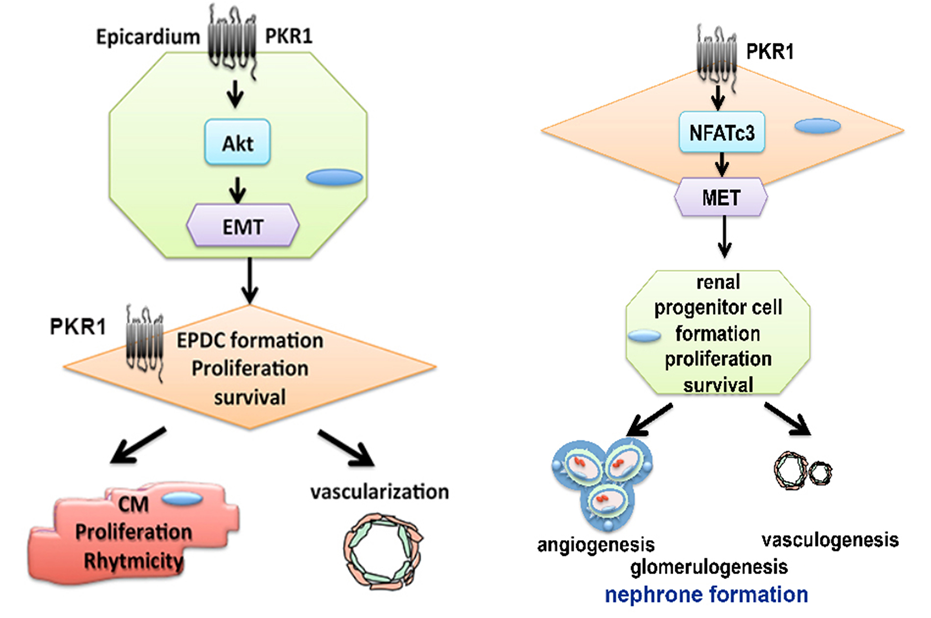 Genetic inactivation of prokineticin receptor-1 leads to heart and kidney disorders. Boulberdaa M, Turkeri G, Urayama K, Dormishian M, Szatkowski C, Zimmer L, Messaddeq N, Laugel V, Dollé P, Nebigil CG. Arterioscler Thromb Vasc Biol. 2011;31: 842-50.
Genetic inactivation of prokineticin receptor-1 leads to heart and kidney disorders. Boulberdaa M, Turkeri G, Urayama K, Dormishian M, Szatkowski C, Zimmer L, Messaddeq N, Laugel V, Dollé P, Nebigil CG. Arterioscler Thromb Vasc Biol. 2011;31: 842-50.
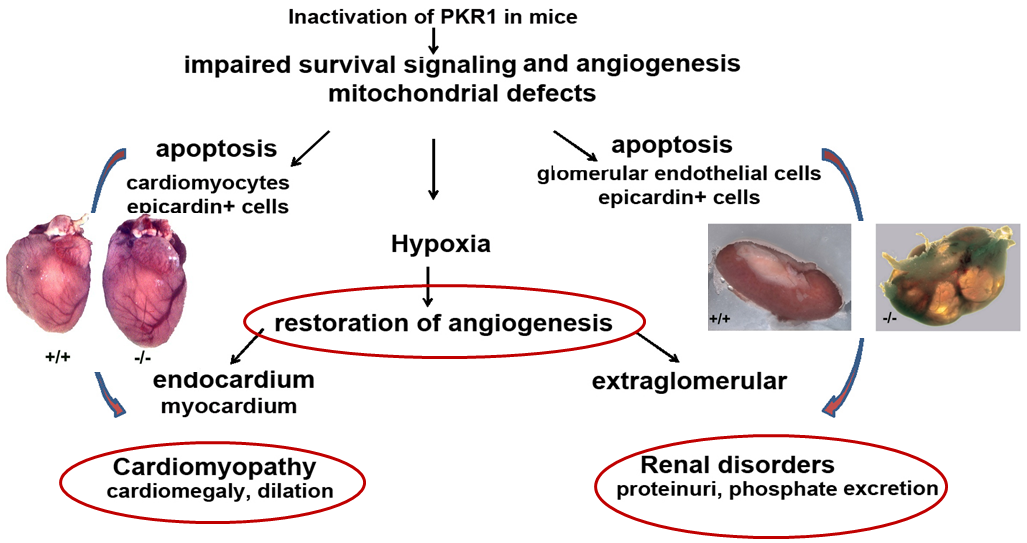 Divergent roles of prokineticin receptors in the endothelial cells: angiogenesis and fenestration. Guilini C, Urayama K, Turkeri G, Dedeoglu DB, Kurose H, Messaddeq N, Nebigil CG. Am J Physiol Heart Circ Physiol. 2010; 298: H844-52.
Divergent roles of prokineticin receptors in the endothelial cells: angiogenesis and fenestration. Guilini C, Urayama K, Turkeri G, Dedeoglu DB, Kurose H, Messaddeq N, Nebigil CG. Am J Physiol Heart Circ Physiol. 2010; 298: H844-52.
Prokineticin receptors in cardiovascular function: foe or friend? Nebigil CG. Trends Cardiovasc Med. 2009; 19: 55-60.
Transgenic myocardial overexpression of prokineticin receptor-2 (GPR73b) induces hypertrophy and capillary vessel leakage. Urayama K, Dedeoglu DB, Guilini C, Frantz S, Ertl G, Messaddeq N, Nebigil CG. Cardiovasc Res. 2009; 81: 28-37.
Prokineticin receptor-1 induces neovascularization and epicardial-derived progenitor cell differentiation. Urayama K, Guilini C, Turkeri G, Takir S, Kurose H, Messaddeq N, Dierich A, Nebigil CG. Arterioscler Thromb Vasc Biol. 2008; 28: 841-9.
The prokineticin receptor-1 (GPR73) promotes cardiomyocyte survival and angiogenesis. Urayama K, Guilini C, Messaddeq N, Hu K, Steenman M, Kurose H, Ert G, Nebigil CG. FASEB J. 2007; 21: 2980-93. 
Involvement of the serotonin 5-HT2B receptor in cardiac hypertrophy linked to sympathetic stimulation: control of interleukin-6, interleukin-1beta, and tumor necrosis factor-alpha cytokine production by ventricular fibroblasts. Jaffré F, Callebert J, Sarre A, Etienne N, Nebigil CG, Launay JM, Maroteaux L, Monassier L. Circulation. 2004;110: 969-74
Functional consequence of serotonin/5-HT2B receptor signaling in heart: role of mitochondria in transition between hypertrophy and heart failure? Nebigil CG, Maroteaux L. Circulation. 2003;108: 902-8.
Overexpression of the serotonin 5-HT2B receptor in heart leads to abnormal mitochondrial function and cardiac hypertrophy. Nebigil CG, Jaffré F, Messaddeq N, Hickel P, Monassier L, Launay JM, Maroteaux L. Circulation. 2003;107: 3223-9.
Serotonin is a novel survival factor of cardiomyocytes: mitochondria as a target of 5-HT2B receptor signaling. Nebigil CG, Etienne N, Messaddeq N, Maroteaux L. FASEB J. 2003; 17: 1373-5.
Function of the serotonin 5-hydroxytryptamine 2B receptor in pulmonary hypertension. Launay JM, Hervé P, Peoc’h K, Tournois C, Callebert J, Nebigil CG, Etienne N, Drouet L, Humbert M, Simonneau G, Maroteaux L. Nat. Med. 2002; 8: 1129-35.
A novel role for serotonin in heart. Nebigil CG, Maroteaux L. Trends Cardiovasc. Med. 2001; 11: 329-35.
Developmentally regulated serotonin 5-HT2B receptors. Nebigil CG, Etienne N, Schaerlinger B, Hickel P, Launay JM, Maroteaux L. Int. J. Dev. Neurosci. 2001; 19: 365-72.
Ablation of serotonin 5-HT(2B) receptors in mice leads to abnormal cardiac structure and function. Nebigil CG, Hickel P, Messaddeq N, Vonesch JL, Douchet MP, Monassier L, György K, Matz R, Andriantsitohaina R, Manivet P, Launay JM, Maroteaux L. Circulation. 2001; 103: 2973-9.
Serotonin 2B receptor is required for heart development. Nebigil CG, Choi DS, Dierich A, Hickel P, Le Meur M, Messaddeq N, Launay JM, Maroteaux L. Proc. Natl. Acad. Sci. USA. 2000; 97: 9508-13.
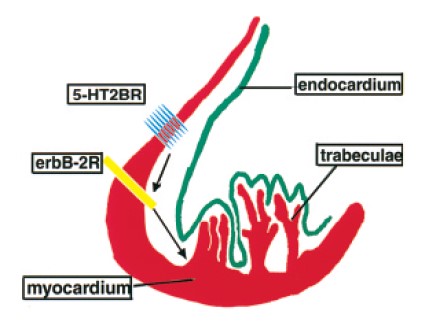 PDZ-dependent activation of nitric-oxide synthases by the serotonin 2B receptor. Manivet P, Mouillet-Richard S, Callebert J, Nebigil CG, Maroteaux L, Hosoda S, Kellermann O, Launay JM. J. Biol. Chem. 2000; 275: 9324-31.
PDZ-dependent activation of nitric-oxide synthases by the serotonin 2B receptor. Manivet P, Mouillet-Richard S, Callebert J, Nebigil CG, Maroteaux L, Hosoda S, Kellermann O, Launay JM. J. Biol. Chem. 2000; 275: 9324-31.
5-hydroxytryptamine 2B receptor regulates cell-cycle progression: cross-talk with tyrosine kinase pathways. Nebigil CG, Launay JM, Hickel P, Tournois C, Maroteaux L. Proc. Natl. Acad. Sci. USA. 2000; 97: 2591-6.
Agonist-induced desensitization and phosphorylation of human 5-HT1A receptor expressed in Sf9 insect cells. Nebigil CG, Garnovskaya MN, Casañas SJ, Mulheron JG, Parker EM, Gettys TW, Raymond JR. Biochemistry. 1995; 34: 11954-62.
5-Hydroxytryptamine2A receptors expressed in rat renal mesangial cells inhibit cyclic AMP accumulation. Garnovskaya MN, Nebigil CG, Arthur JM, Spurney RF, Raymond JR. Mol. Pharmacol. 1995; 48: 230-7.
Identification of a rat glomerular mesangial cell mitogenic 5-HT2A receptor. Nebigil CG, Garnovskaya MN, Spurney RF, Raymond JR. Am. J. Physiol. 1995; 268: F122-7.




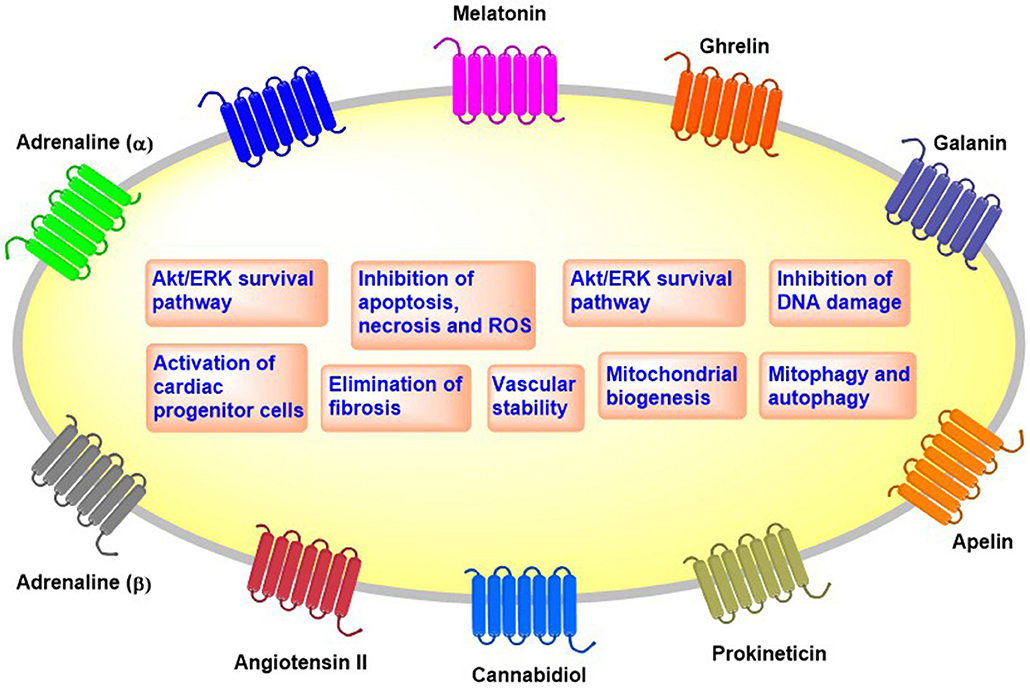

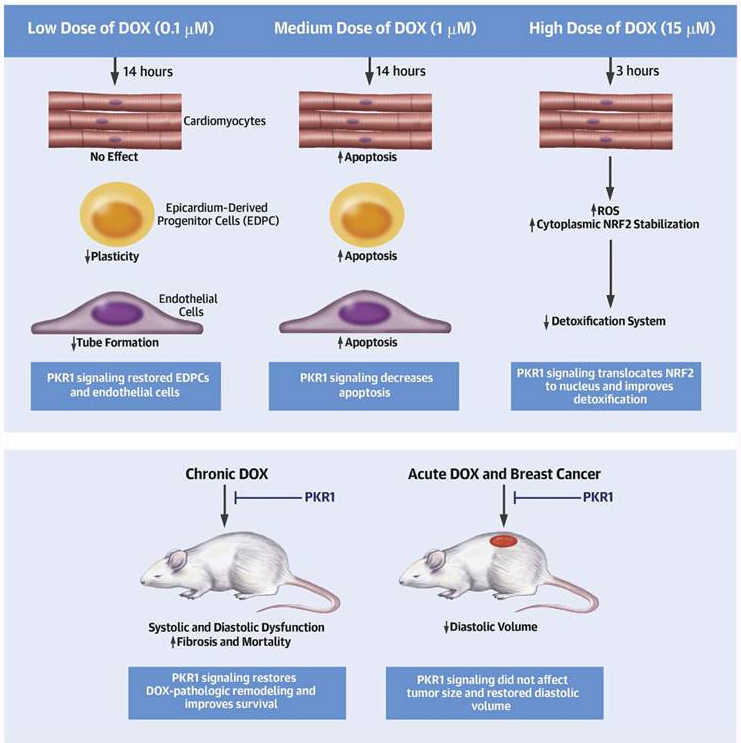




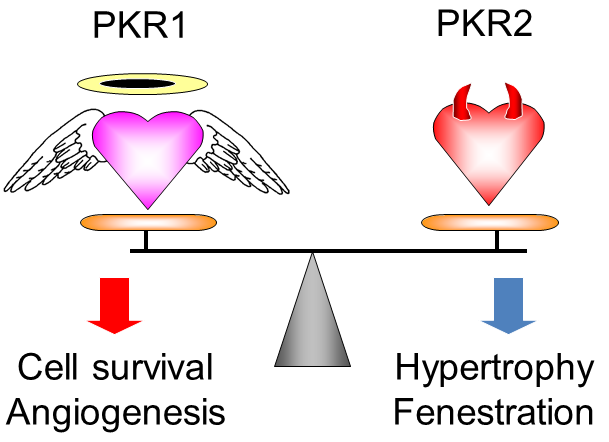


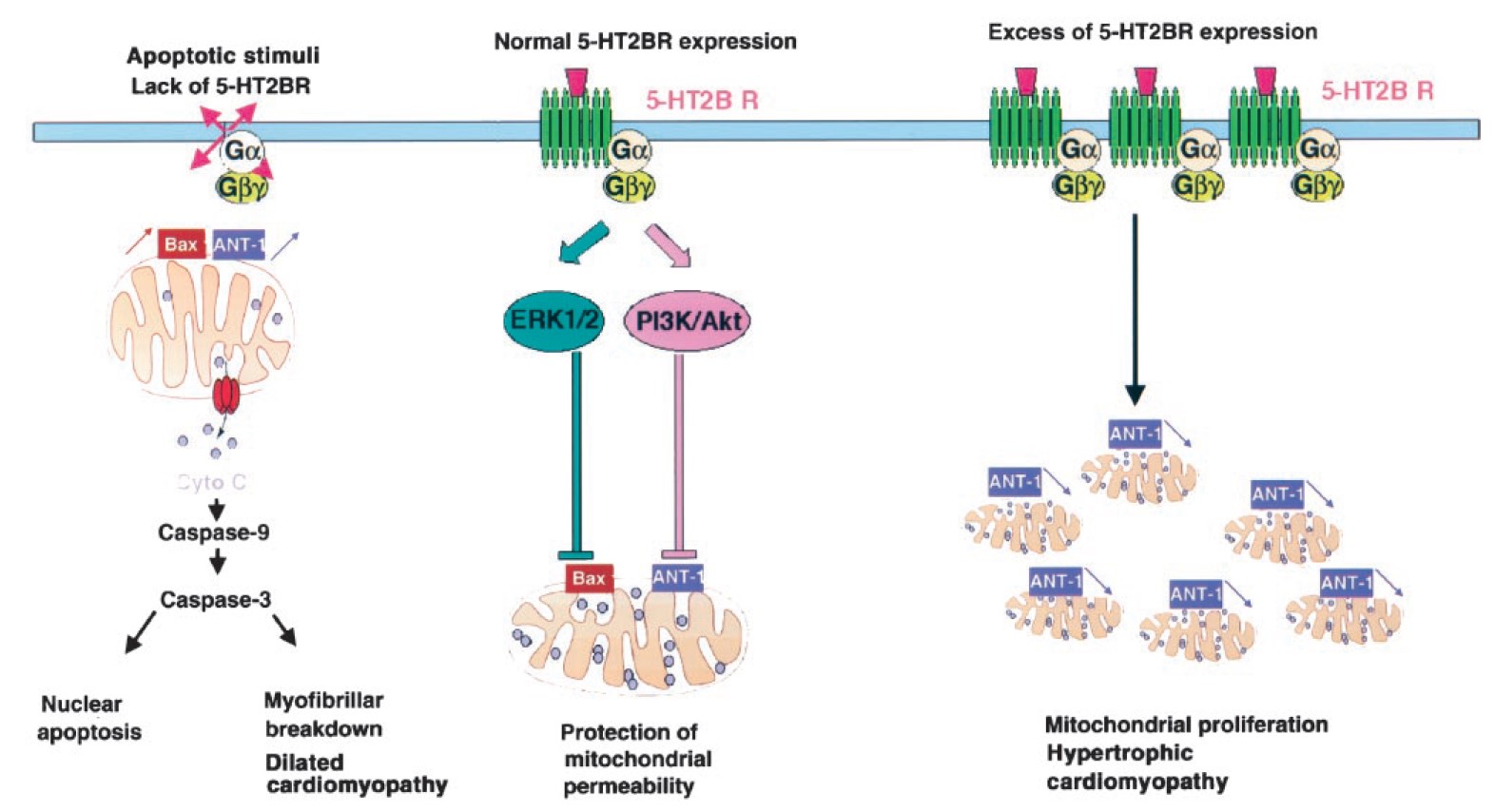

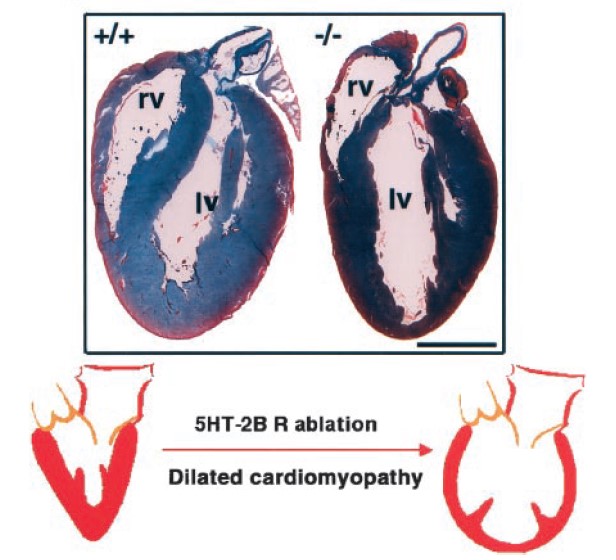
Commentaires récents